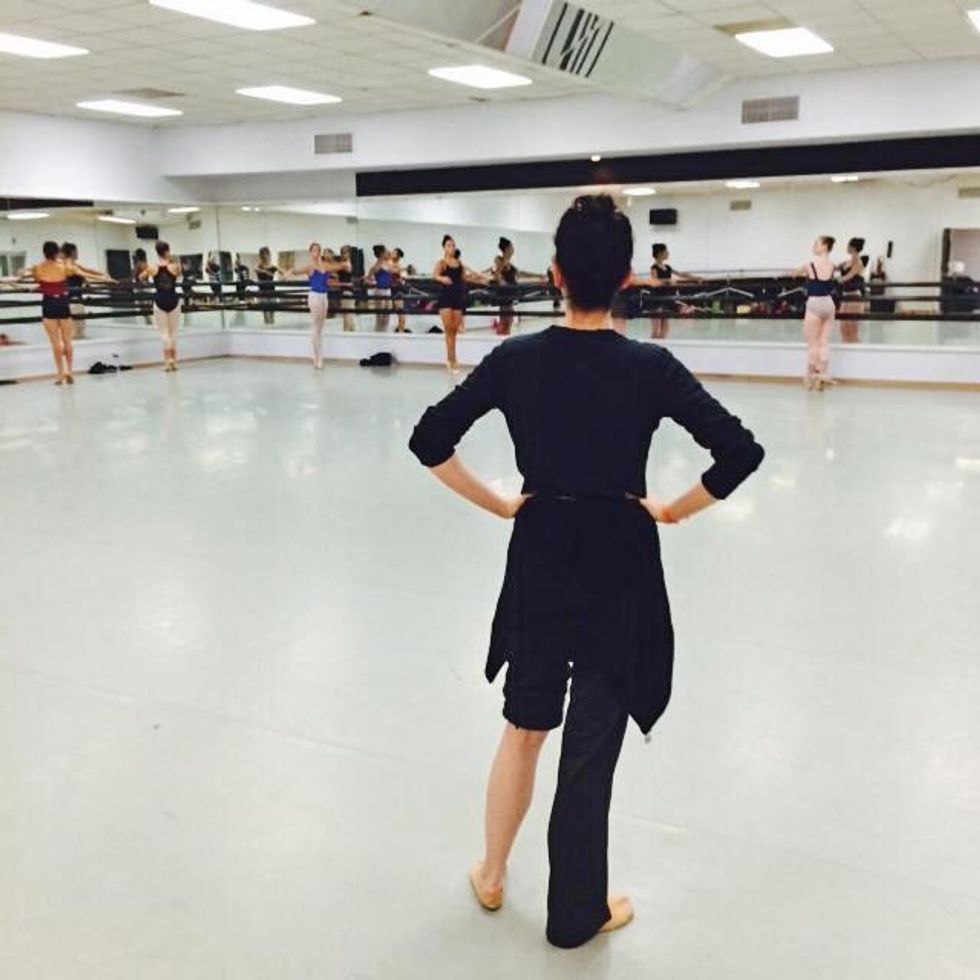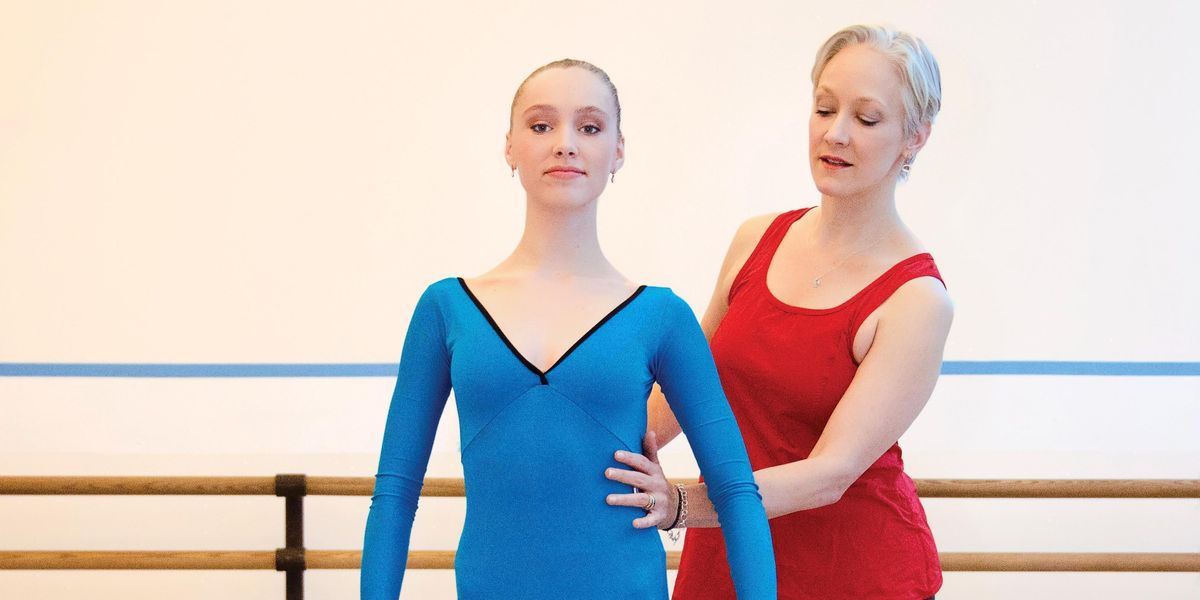How to Take Corrections, Correctly
Class can be a whirlwind of information. Your teacher throws out multiple corrections at once—often in the middle of a combination—and as much as you want to apply them, they don’t always stick. Though some are notes you’ve heard time and time again, you get too overwhelmed trying to fix all of them to correctly incorporate any of them.

Ashley Tuttle, photo by Duncan Cooper
Feedback is a necessary part of a dancer’s craft, providing the guidance to develop technically and artistically. But applying new information is not always easy. You might feel bombarded with too many notes at one time, or insecure about being singled out for criticism. Learning to implement corrections is an art in itself.
Be Receptive to Feedback—And Show It
Smart dancers know that feedback is a gift, so show that you’re eager to receive it. Make sure your body language and attitude reflect a willingness to learn. “Have a pleasant expression and look really involved,” says Deborah Wingert, who teaches at Manhattan Youth Ballet and the Ailey Extension. Once you’ve been given a note, try to make the change immediately, or go to the back of the studio and practice on your own. Show that you at least understand the concept, even if you can’t apply it right away. (If you have an injury that prevents you from doing something, communicate that to the teacher before class.) Dancers who resist new information might discourage teachers from wanting to help them.

Laurie De Vito, photo by Justin Chao
Remember that teachers usually give attention when they see potential. “It’s not that they’re picking on you,” says former American Ballet Theatre principal Ashley Tuttle, who teaches ballet at Barnard College, Mark Morris Dance Center and other schools. “Stay positive, and quiet the doubtful voice that can prevent you from receiving information and incorporating it.”
If you’re not getting any feedback, remember that you can benefit from other dancers’ corrections as well. “You don’t have to wait for a special invitation,” says Wingert. “Just have a hunger to learn.”
If You Don’t Understand, Ask for Clarification
It’s okay to ask questions if you don’t understand a correction. “Wait for the break, or go up to the teacher after class,” suggests Laurie De Vito, contemporary Simonson teacher at New York City’s Peridance, Mark Morris Dance Center and Gibney Dance. “Ask for an alternate image and have a conversation about it.” You can also talk to a dancer you respect or someone in your class who gets similar corrections. If you don’t express your confusion, teachers might think that you’re not listening—or that you don’t care.

Wingert teaching at the Baltimore School for the Arts
Make Your Corrections Stick
You may need to use additional senses to cement a correction. Visualize it in your mind and, if possible, implement it while looking in the mirror. “Then get your brain out of it and let your body find the position,” De Vito says. “If a physical adjustment will help you understand, ask your teacher to move your body into the correct shape.” Attaching a movement to music might also help you solidify the right feeling.
Some corrections take time to physically manifest. “It’s a commitment,” says Tuttle. “Your brain understands, but your body follows to the best of its ability. It takes longer for some people.” If you’re being told to turn out more, for example, don’t get frustrated because you can’t do it immediately. Work on engaging the proper muscles, keeping your heels forward and sustaining your maximum rotation. “Remember that dance is not about being able to make the perfect picture, but being able to move in and out of the best positions you can make,” says Tuttle. “Don’t get down on yourself or force your body into places that will lead to injury.”
“True artists have patience,” says Wingert. “You do your best until it clicks.




